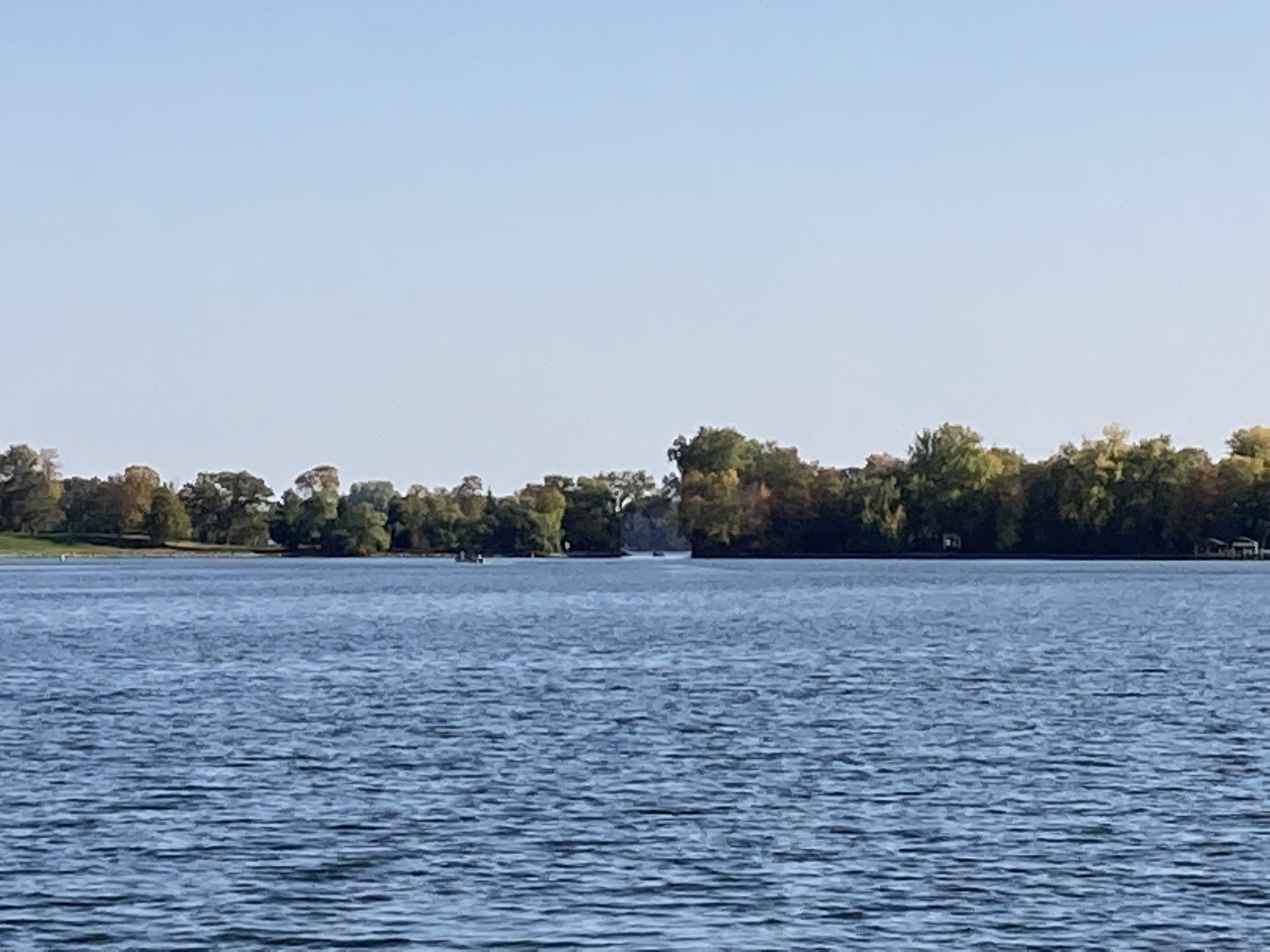
Let’s make Stubbs Bay one of the best places to enjoy a Minnesota summer day
The Stubbs Bay Lake Improvement District (SBLID) has been approved by the City of Orono and the MnDNR
Stay tuned for notices on board meetings and the annual meeting. You can sign up for automatic notifications with the City of Orono.
The purpose of the SBLID is to improve the quality and health of our bay
Stubbs Bay is weedy, but we can change that! A professional survey hired by the Lake Minnetonka Assoc. in 2024 indicates we have significant masses of non-native, invasive Curlyleaf Pondweed and Eurasian Watermilfoil. (May, July)
Left unchecked Eurasian Watermilfoil and Curlyleaf Pondweed take over, limiting the native habitat and reducing water quality.
There is no government entity that has the responsibility to actively manage the health of our bay. So, let’s work together and restore Stubbs Bay to a healthy body of water, one that we can all enjoy.
Working together under a LID, with direction and approval from the MnDNR, our bay will receive environmentally sound, effective and professionally managed treatments targeting the nonnative, invasive aquatics. This will help mitigate ineffective and “nuking” treatments by individual homeowners (DYI efforts).
A LID also provides a means to sustainably and equitably fund the management of aquatic invasive (non-native) species in Stubbs Bay via a dedicated locally controlled tax which would be paid by all benefitting property owners (lakeshore owners or deeded access). We are estimating an assessment of $100 per 50’ linear feet of lakeshore. A LID makes it affordable for all property owners as we equitably share the cost around the bay.
The Stubbs Bay LID, managed by residents on the bay, would also apply for grants to help fund its programs and work closely with the MnDNR for direction and plan approval. Bay wide management can include EPA-approved herbicides with over 50 years of long term study, cutting, harvesting or other methods of AIS control
Forming the LID requires a majority of lakeshore owners and those with deeded access. Once passed, ALL Stubbs Bay lakeshore owners are equitably assessed based on their lakeshore footage. Please review the Property Map,
Please be aware that there has been misleading information from 1 individual who does not live on Stubbs Bay (not part of the LID). The individual is against LIDs and is trying to instill fears about liability, unfair taxation and chemicals. Please read these mailers that dispute these claims.
Truth about LIDS - liability, taxation, Minnehaha Creek Watershed Support - June 2, 2025
Truth about LIDS - chemical safety, LID governance (everyone has a voice!) - May 24, 2025
Other bays on Lake Minnetonka have established LIDs. We are working closely with the Lake Minnetonka Association, the DNR and the City of Orono to form the Stubbs Bay LID.
Open & Democratic Process
LID board meetings and annual meetings are open to the public, ensuring full participation.
Residents can speak on each topic, voice concerns, and influence decisions.
Anyone wanting changes can run for the LID Board
Constructive participation is encouraged—those with differing financial or environmental views should engage through governance rather than opposition.
LID members vote on their own tax rate, including reducing it to zero. Unlike government taxes, this is self-regulated.
The LID is required to carry liability insurance (as with all associations) and hire only licensed and insured applicators. A LID is only allowed to implement MnDNR approved plans and, as needed, EPA approved herbicides. Risk is “minimal” according to the City of Orono’s insurance carrier.
The Stubbs Bay LID would only carry out MnDNR permitted treatment plans that have been implemented on Lake Minnetonka for well over a decade with great success in a dozen bays.
Learn more about LIDs LIDs have existed in Minnesota since 1976 and have a proven record of improving the health of lakes and the quality of life for those that live on or use their lakes. The first LID on Lake Minnetonka was formed on St. Albans Bay over a decade ago and, in 2018, the Carmans Bay LID was established. In both bays, EWM and CLP have decreased and the native plant population diversity and density have increased.
Treatment Options: While most state and local water management agencies, lake scientists, and natural resource experts agree that herbicide treatments done by professional applicators are the most effective and lowest cost way to control invasive EWM and CLP, the Stubbs Bay LID will also consider other ways to control EWM and CLP. These may include, biological control such as milfoil weevils, hand pulling, or harvesting.
Read about safety EPA approval and studies
Read the long term study that shows how native plants return when non-native invasive weeds are controlled. Carman Bay LID (a LID within Orono)
About herbicides used in Stubbs Bay: Fluridone, Diquat



